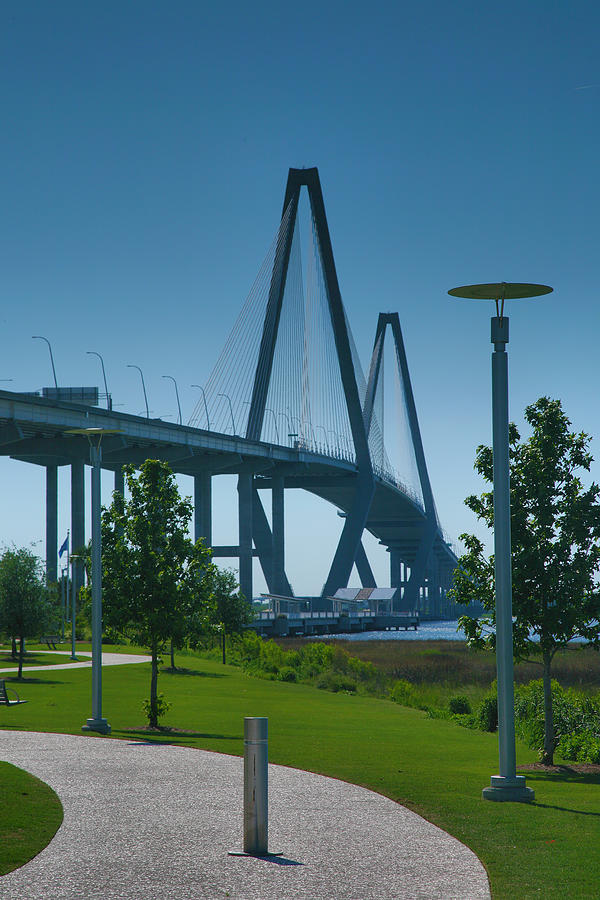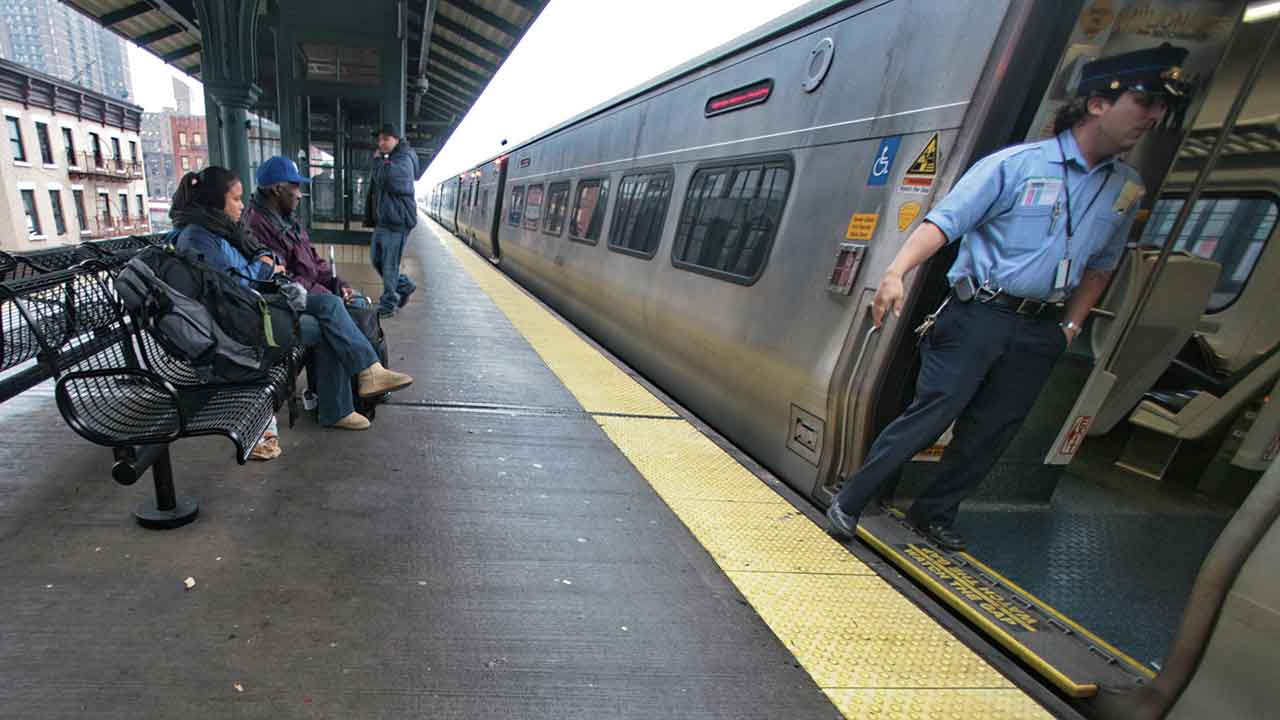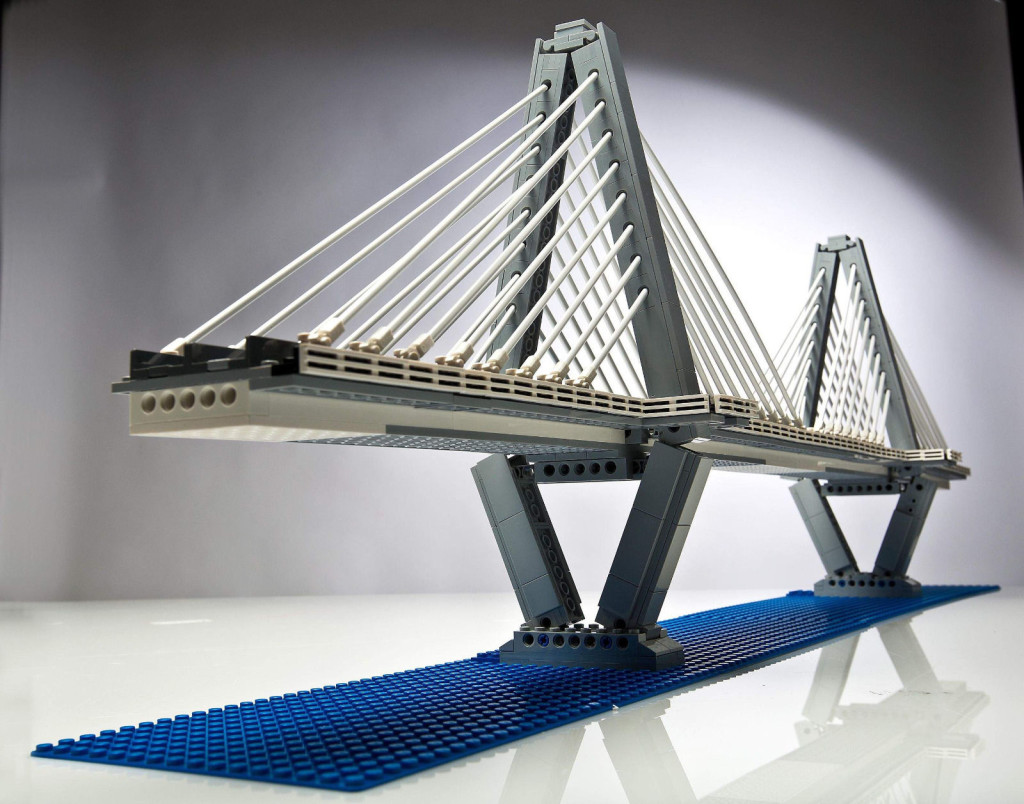

This would prove particularly expensive when political delays pushed the construction schedule into a hot global steel market fueled by China’s rapid expansion.

It also contains 70 percent more structural steel than the old bridge.

The new span has deeper pilings, beefier foundations and some of the largest seismic stabilizers used on a bridge anywhere in the world.
SUSPICIOUS PACKAGE RAVENEL BRIDGE DRIVERS
One of the biggest cost drivers was building a bridge strong enough to open within hours of the strongest temblor engineers predict will strike the Bay Area in the next 1,500 years. “But put it all together, and they add up.” “Individually, many of these factors don’t add up to a large percentage of the overall cost,” Anziano said. The California prevailing wage for an ironworker is $471. An average union ironworker on the original bridge earned $11 a day. Nearly that many - 7,700 - are building just the 2-mile eastern span. In 1936, 8,300 workers built the entire bridge. Adjusted to today’s dollars using the Consumer Price Index, the entire 1936 Bay Bridge cost $1.3 billion, compared with $6.4 billion for the new span.Īnziano attributes the gap to a combination of the more expensive regulatory and labor environments, significantly more stringent seismic requirements and political delays over design and alignment that upended the construction sequence. Still, any or all of these measures can’t account for the huge cost difference between the two projects, agreed Caltrans Toll Bridge Program manager Tony Anziano.

adopted major environmental reforms such as the federal Endangered Species and Clean Water acts, which gave government agencies veto power over construction projects unless builders took steps to protect wildlife, air and water quality. It would be an additional 40 years before the U.S. Purcell and his engineering colleagues chose a double suspension span for the west side and cantilevered steel trusses on the east based on three primary factors: a limited budget, San Francisco Bay geology, and navigation demands, wrote architect Donald MacDonald in “Bay Bridge: History and Design of a New Icon.” And 1930s-era politicians had little or no formal say about how the bridge would look. In the 1930s, Bay Bridge Chief Engineer Charles Purcell didn’t need four years and $155 million for an environmental impact study. When asked why engineers and builders 80 years ago could work so much faster, a contractor on the bridge half-jokingly described today’s construction landscape as the equivalent of asking workers to erect a bridge in record time with their hands tied behind their backs. But fear of litigation, environmental regulations and greater public involvement have also pushed out construction timelines and driven up costs in exchange for benefits not everyone agrees are worth the long wait. In the 1930s, the rule of thumb in high steel work was one death for every $1 million spent, an inconceivably high toll today.įew dispute the need for safety regulations. No example is more dramatic than worker safety laws: 24 men died building the original bridge none has perished on the new span. “Since then, the values of our society have shifted 180 degrees, and it is reflected in how long it takes to get things done.” “In the 1930s, the bridge itself was the thing people valued, and the engineers and contractors were in charge,” said Randy Rentschler, Metropolitan Transportation Commission government affairs director. The reasons behind the gap say much about how big construction projects have changed from the time of the Great Depression, when creating jobs was paramount, to the modern era where worker safety and environmental laws have an enormous influence on the design, pace and cost of what is built.


 0 kommentar(er)
0 kommentar(er)
